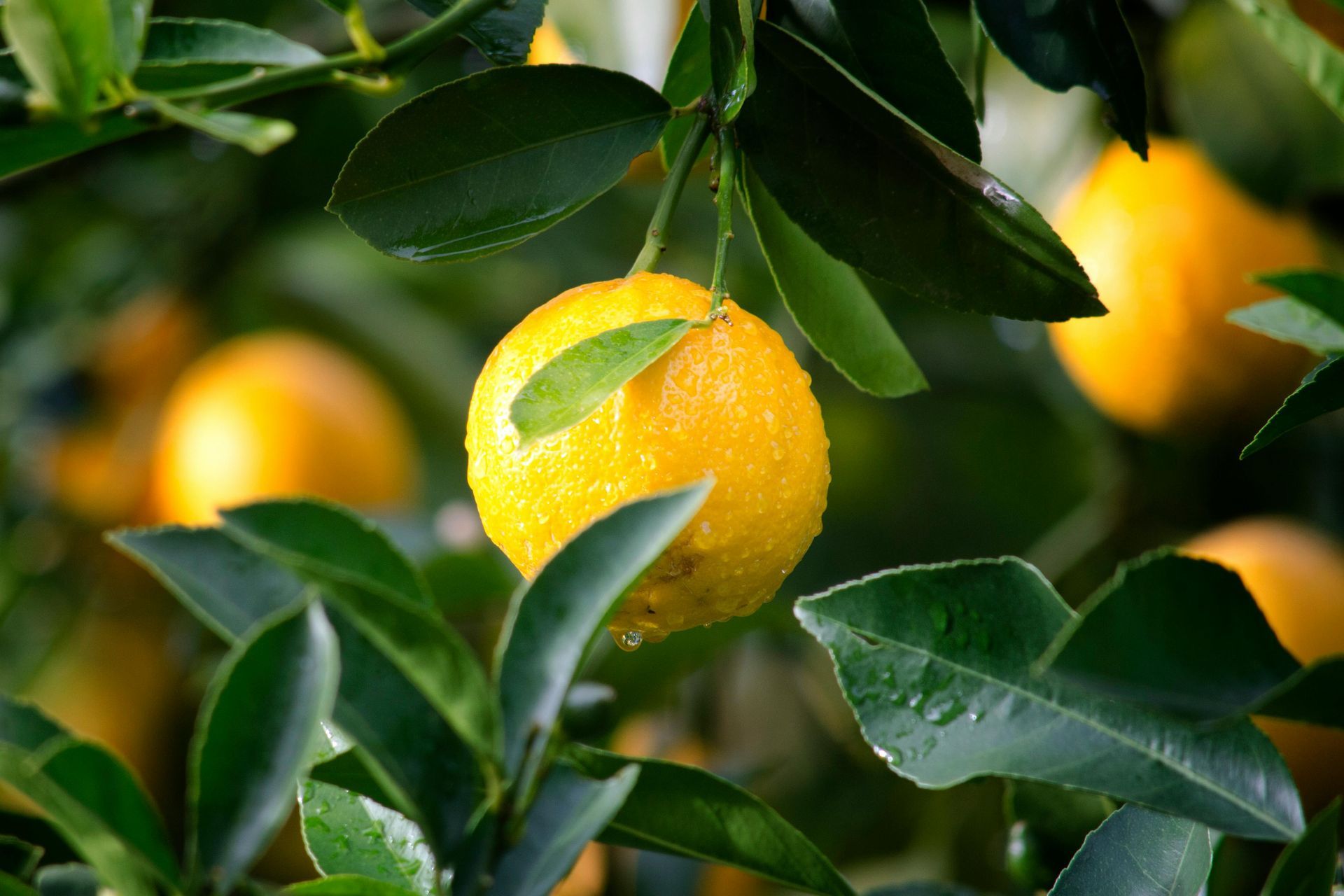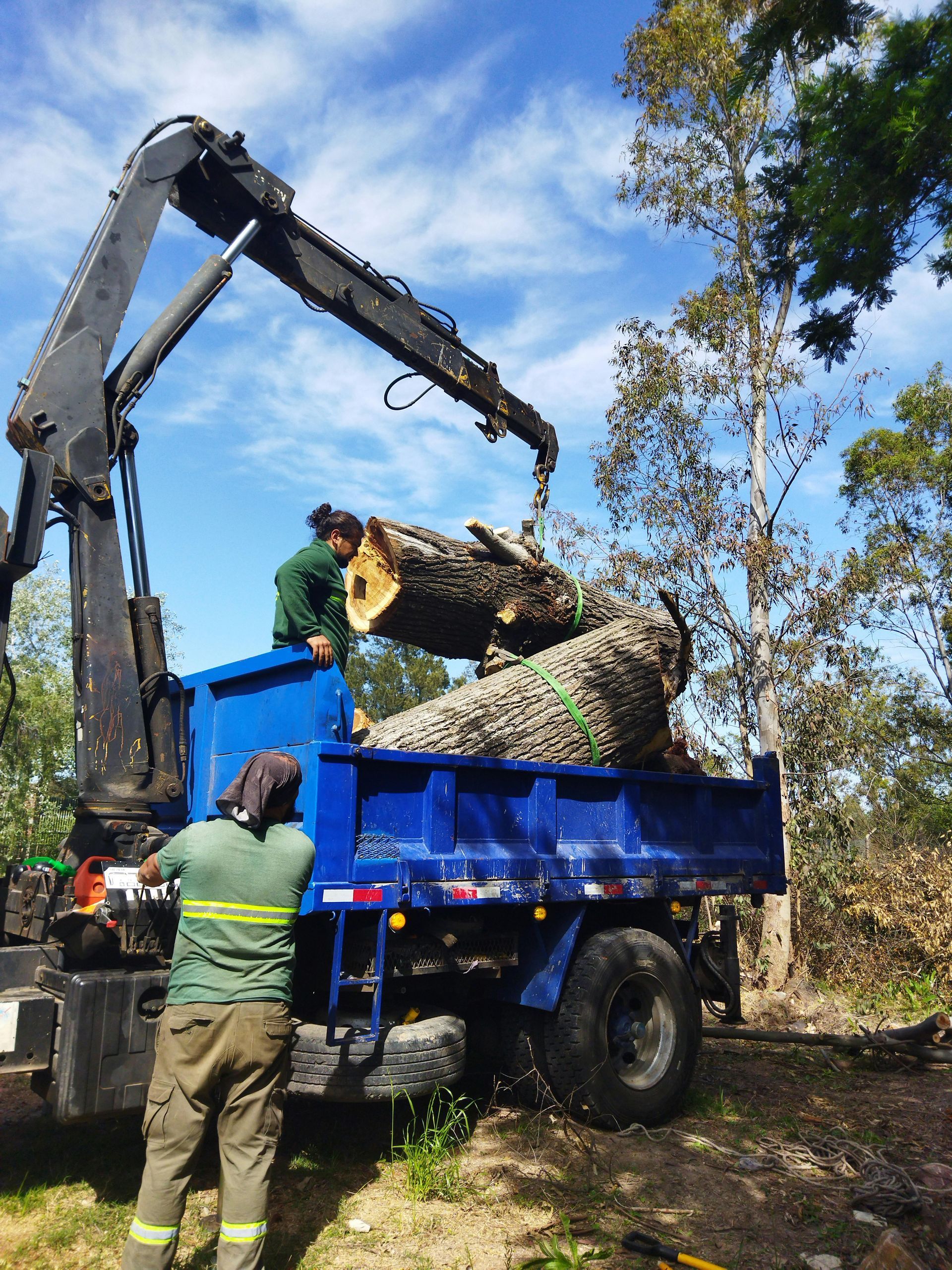Pine Tree Trimming: An Expert Guide
Pine trees are a majestic and iconic part of the Aurora landscape, adding year-round color, providing shade, and creating a natural screen for privacy. While they are often seen as low-maintenance, proper trimming is essential to their long-term health, safety, and beauty. However, trimming a pine tree is not like pruning a deciduous shrub; it requires specific knowledge and precise timing to avoid causing permanent damage.
At Aurora Tree Service, we specialize in the professional care of pine trees. Our certified arborists understand the unique biology of conifers and know exactly how to trim them to promote healthy growth, prevent disease, and enhance their natural form. This guide will explain why and when you should trim your pine trees and how our expert services can protect your valuable green assets.
Why Proper Pine Tree Trimming is Crucial
Unlike many other trees, pines have a specific growth pattern. They grow from the tips of their branches, a process known as "candling" in the spring. If you cut a pine branch back to old wood (where there are no needles), it will not regrow. This is why improper trimming can leave permanent bald spots and ruin the tree's shape. Professional trimming focuses on strategic cuts that work with the tree's natural growth habits.
1. Enhancing Health and Preventing Disease
Proper trimming is a vital part of proactive tree healthcare. By removing dead, dying, or diseased branches, we improve air circulation and sunlight penetration throughout the canopy. This creates an environment that is less hospitable to fungal diseases like tip blight and pests such as the pine beetle, which can devastate pine populations. A well-pruned tree is a healthier, more resilient tree.
2. Improving Structural Integrity and Safety
Over time, pine trees can develop weak or competing branches, especially after storms or heavy snowfall. These compromised limbs pose a significant risk to your property and safety. Our arborists at Aurora Tree Service can identify and carefully remove these hazards. We also specialize in "crown thinning," a technique that selectively removes branches to reduce the tree's weight and wind resistance, making it less likely to fail during a storm.
3. Controlling Size and Maintaining Shape
While it's best to plant a tree that fits its space at maturity, sometimes pines can outgrow their intended area, encroaching on buildings, power lines, or walkways. We use specialized techniques to carefully manage a pine's size without harming its health. Trimming also allows us to enhance the tree’s natural, beautiful form, ensuring it remains a stunning feature of your landscape.
The Best Time to Trim Your Pine Trees
Timing is everything when it comes to pine tree care. Pruning at the wrong time of year can stress the tree, make it vulnerable to pests and disease, or inhibit its growth for the following season. There are two main periods when trimming is recommended, depending on the goal.
Late Winter to Early Spring (Dormant Season)
The ideal time for most major pine tree trimming is during the dormant season, typically from late winter to early spring.
- Why it's ideal: During dormancy, the tree's sap flow is minimal. This reduces the "bleeding" of sticky sap from pruning cuts, which can attract harmful insects. More importantly, pests like the pine beetle are inactive in the cold, so there is a much lower risk of an infestation taking hold at the wound sites.
- What we do: This is the perfect time for structural pruning, removing large dead or hazardous limbs, and significant crown thinning. The absence of leaves on surrounding deciduous trees also gives our arborists a clearer view of the pine's structure, allowing for more precise and effective cuts.
Late Spring to Early Summer (Candling Season)
For controlling the size and density of a pine tree, the "candling" period in late spring is the target window. Pines produce new growth in the form of soft, upward-pointing shoots that look like candles.
- Why it's ideal: Pruning these "candles" before their needles fully expand is the best way to manage a pine's size. By pinching or cutting the candles back by about half their length, you can slow the tree's growth for the year without leaving a noticeable stub. This encourages the tree to become denser and more compact.
- What we do: This technique is used for shaping and maintaining the size of ornamental pines, such as Mugo pines, or for keeping larger pines from encroaching on structures. This must be done carefully to avoid stunting the tree's growth entirely.
When to Avoid Trimming Pine Trees
Unless you are removing a limb that poses an immediate safety hazard, you should generally avoid trimming pine trees in the summer and fall.
- Summer Pruning Risks: Pruning during the active growing season (after the candles have hardened) can expose the tree to heat stress and, most critically, to active populations of boring insects. The fresh scent of pine sap from a pruning cut can act as a beacon for destructive pests.
- Fall Pruning Risks: Making cuts in the fall can encourage a late-season flush of new growth that won't have time to harden off before the first frost. This tender new growth is highly susceptible to winter damage, which can stress the tree.
The Aurora Tree Service Approach to Pine Trimming
When you partner with Aurora Tree Service, you are hiring certified arborists who combine scientific knowledge with years of hands-on experience. Our process ensures your pine trees receive the best possible care.
1. Detailed Assessment
Our process starts with a thorough inspection. An arborist will evaluate your pine tree's health, structure, and location. We listen to your goals—whether they involve safety, aesthetics, or size management—and develop a customized trimming plan that aligns with the tree's specific needs.
2. Precise and Strategic Pruning
Our team uses state-of-the-art equipment and follows industry best practices (ANSI A300 standards) for every cut. We understand the biology of pine trees and make only the necessary cuts to achieve your goals while protecting the tree's health. We never use harmful techniques like "topping," which can permanently disfigure and weaken a pine tree.
3. Meticulous Cleanup
We treat your property with respect. After the trimming is complete, our crew conducts a thorough cleanup, removing all branches and debris. We leave your yard looking clean and tidy, with nothing left behind but a beautifully pruned tree.
Trust the Professionals at Aurora Tree Service
Trimming a pine tree is a delicate task that requires a deep understanding of tree biology and a commitment to safety. A wrong cut can cause irreversible damage, while a proper trim can ensure your tree thrives for decades to come. Don’t risk the health and beauty of your valuable pine trees with DIY guesswork. The team at Aurora Tree Service has the expertise, equipment, and passion to care for your pines correctly. We are dedicated to providing safe, effective, and professional tree care that protects your investment and enhances the beauty of your landscape.
Is it time to have your pine trees inspected or trimmed? Contact Aurora Tree Service today for a professional consultation and a free estimate from our certified arborists.
Meta Information
Meta Title: Pine Tree Trimming Guide | Aurora Tree Service
Meta Description: When is the best time to trim pine trees? Learn from the experts at Aurora Tree Service how proper trimming protects tree health, safety, and beauty.



